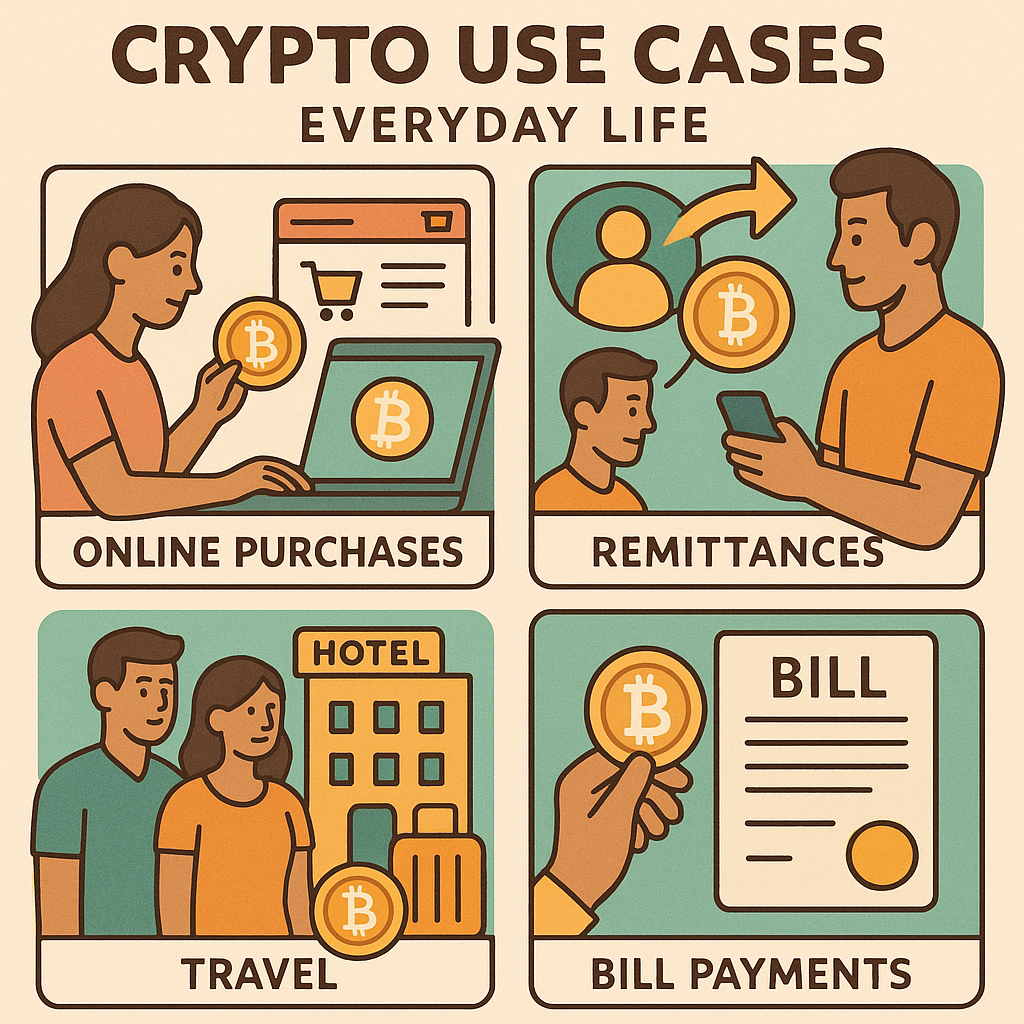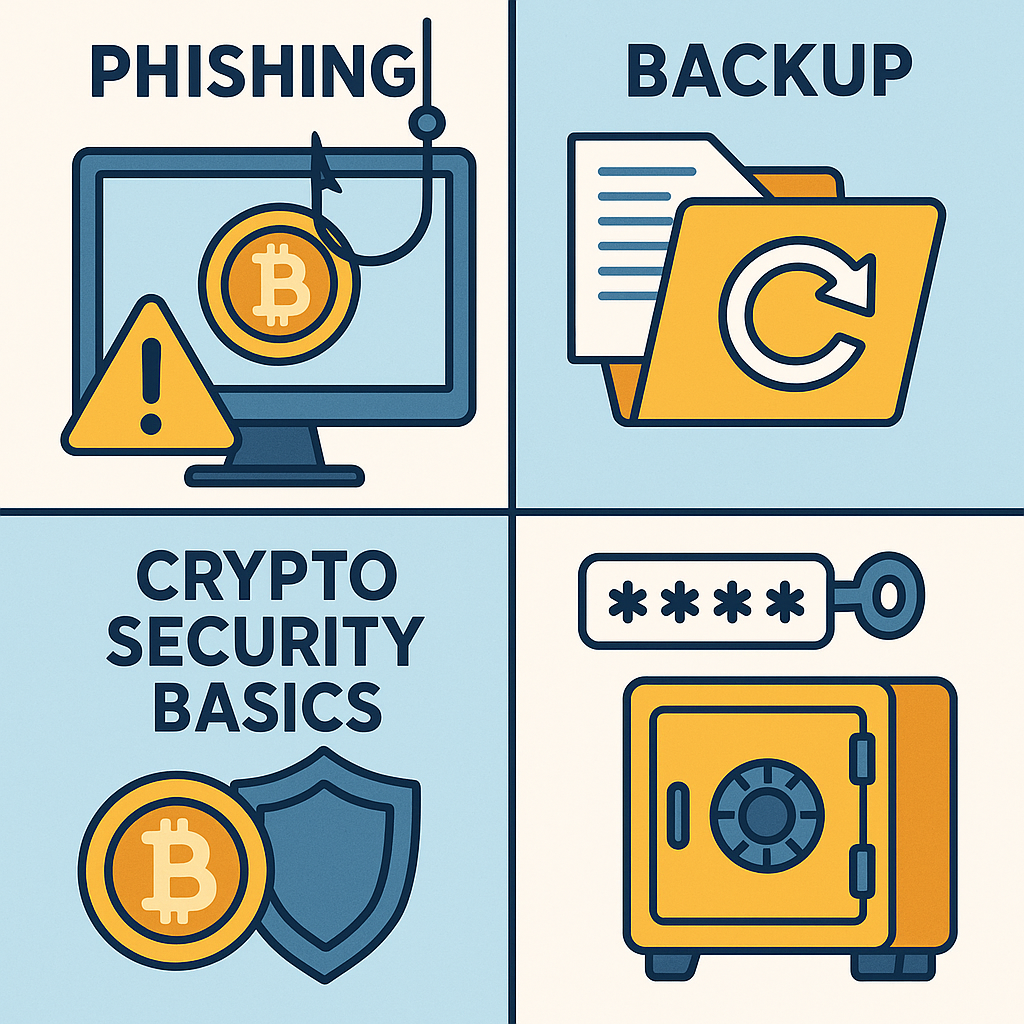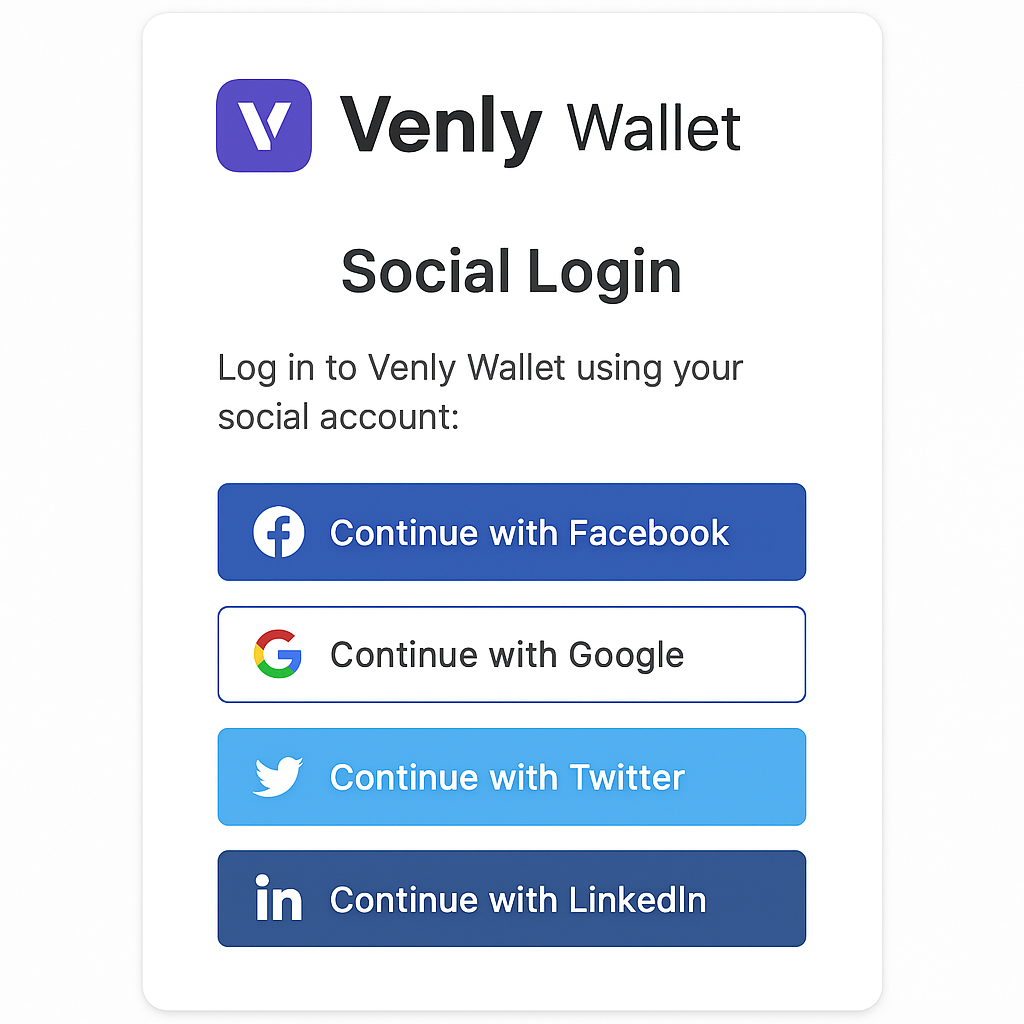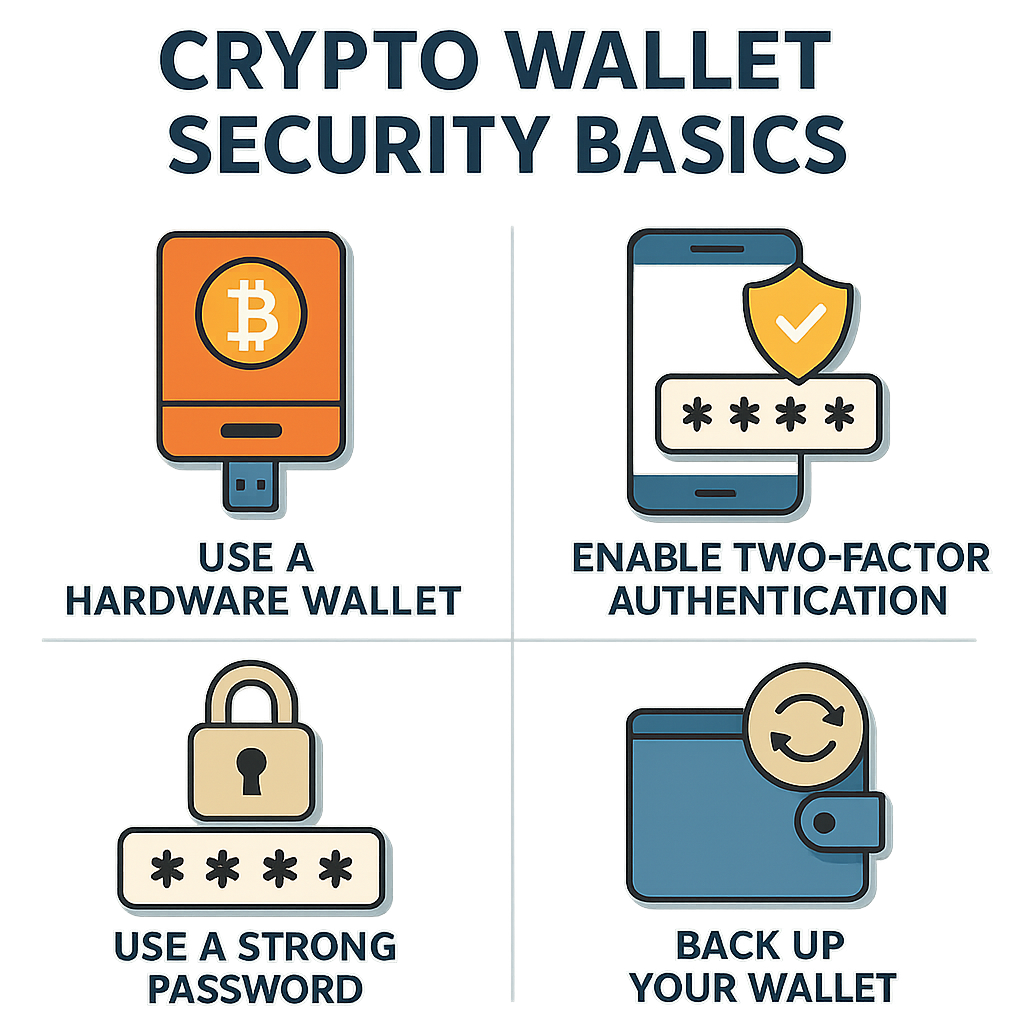Onboarding friends and family into crypto can feel like introducing someone to a new language—one with its own rules, risks, and rewards. If you’ve ever tried to explain Bitcoin to your parents or NFTs to a skeptical sibling, you know that patience, empathy, and the right approach matter. The good news? With the right strategies, you can make the process less intimidating and more engaging for non-crypto natives.

1. Start with Real-World Use Cases Relevant to Their Interests
Abstract tech talk rarely wins hearts or minds. Instead, connect crypto concepts to things your audience already cares about. Is your friend into gaming? Show them how in-game assets are becoming tradable NFTs. Does your aunt love travel? Explain how stablecoins can help avoid foreign exchange fees. By rooting explanations in familiar territory, you make crypto feel less like science fiction and more like a useful tool.
Actionable Tips for Onboarding Non-Crypto Natives
-

Start with Real-World Use Cases Relevant to Their Interests: Connect crypto concepts to what matters most to them—like sending money abroad, digital collectibles, or loyalty rewards. Personal relevance boosts engagement and understanding.
-

Use Wallets with Social Login and Simplified UX (e.g., Venly, Magic, Web3Auth): Choose wallets that allow signing up with Google or Facebook and have a clean, intuitive interface. This removes the friction of seed phrases and complex onboarding steps.
-

Explain Key Concepts Visually and Avoid Technical Jargon: Use simple diagrams, analogies, and clear visuals to break down topics like wallets, private keys, and transactions. Skip the confusing crypto-speak and keep explanations relatable.
-

Guide Them Through a Hands-On Demo Using Small Amounts of Crypto: Walk them through sending or receiving a tiny amount of crypto in real time. Interactive experience builds confidence and demystifies the process.
-

Emphasize Security Basics: Backups, Phishing Awareness, and Scams: Teach them to back up their wallet, spot phishing attempts, and avoid common scams. Security is crucial for building trust in the crypto space.
2. Use Wallets with Social Login and Simplified UX
The first technical hurdle is often the hardest. Traditional wallets demand seed phrases and private keys—daunting for newcomers who just want to try things out. Opt for Venly, Magic, or Web3Auth, which let users sign up with Google or Facebook accounts while abstracting away confusing details.
This approach mirrors what people already expect from modern apps: easy onboarding without scary pop-ups about losing all your funds if you misplace a 12-word phrase. The goal here isn’t just convenience—it’s building confidence from the start.
3. Explain Key Concepts Visually and Avoid Technical Jargon
Crypto is infamous for its buzzwords: “decentralization,” “hash rates,” “gas fees.” For beginners, these terms are meaningless (or worse—alienating). Instead, use simple analogies and visual aids wherever possible:
- Blockchain: Imagine a shared Google Doc that everyone can see but no one can secretly edit.
- Wallet: Like a digital bank account that only you control.
- NFT: Think of it as a digital trading card or collectible art piece.
You don’t need to dumb things down—just make them relatable and memorable. Sketch out diagrams on paper or use online infographics so concepts stick.
Avoid Information Overload
Avoid dumping too much information at once. Focus on answering their immediate questions first; curiosity will drive deeper learning naturally as they get more comfortable.
4. Guide Them Through a Hands-On Demo Using Small Amounts of Crypto
Nothing cements understanding like doing. Once you’ve covered the basics, walk your friend or family member through a real transaction using a tiny amount of crypto—think $5 in ETH or USDC. This could mean sending them their first NFT, showing them how to swap tokens, or even just receiving their first sats on the Lightning Network.
Keep the stakes low and the pace slow. Let them ask questions at every step: “What happens if I lose my phone?” “How do I know this is safe?” The goal is to build comfort, not overwhelm. Remember that even simple actions—like scanning a QR code or copying an address—might be new territory for some.
5. Emphasize Security Basics: Backups, Phishing Awareness, and Scams
This is where many onboarding efforts fall short. It’s tempting to skip the scary stuff, but security is non-negotiable in crypto. Start by explaining why backups matter—even with social login wallets, users should understand how to recover accounts if something goes wrong.
Next, highlight common scams and phishing tactics. Show examples of suspicious emails or fake websites that try to steal wallet credentials. Emphasize the importance of never sharing private keys or seed phrases—not even with friends (or you!). Encourage them to bookmark official sites and double-check URLs before entering sensitive info.
“If it sounds too good to be true in crypto, it probably is.”
Recap: Making Crypto Onboarding Friendly and Effective
5 Key Tips for Onboarding Non-Crypto Natives
-

Start with Real-World Use Cases Relevant to Their Interests: Begin by connecting crypto concepts to everyday scenarios your friends or family care about—like sending money abroad, digital collectibles, or loyalty rewards. This makes the technology feel practical and approachable from the start.
-

Use Wallets with Social Login and Simplified UX (e.g., Venly, Magic, Web3Auth): Choose wallets that allow signing up with Google, Facebook, or email, so they can skip confusing seed phrases and jump straight into exploring. A familiar interface goes a long way in reducing onboarding friction.
-

Explain Key Concepts Visually and Avoid Technical Jargon: Use simple diagrams, analogies, and visuals to break down terms like wallets, private keys, or blockchains. Avoid overwhelming them with technical language—focus on clarity and simplicity.
-

Guide Them Through a Hands-On Demo Using Small Amounts of Crypto: Walk them through a step-by-step demo—like sending a tiny amount of crypto or claiming a free NFT. Learning by doing helps build confidence and demystifies the process.
-

Emphasize Security Basics: Backups, Phishing Awareness, and Scams: Teach them the importance of backing up wallets, recognizing phishing attempts, and staying alert for scams. Honest, practical advice here can prevent costly mistakes and build trust.
The difference between someone becoming crypto-confident versus crypto-phobic often comes down to your approach. By focusing on real-world relevance, user-friendly tools like Magic, clear explanations, interactive learning, and essential safety habits, you’re not just teaching—you’re empowering.
If you want more ideas on how UX can make onboarding smoother for non-crypto natives—or want to share your own stories—there’s an active community discussing these challenges every day:
The journey from curiosity to confidence takes time. But when you see your friends or family send their first transaction (and smile instead of panic), you’ll know it was worth every patient step.



